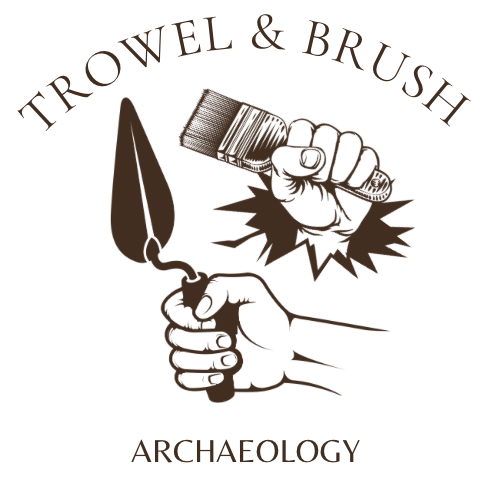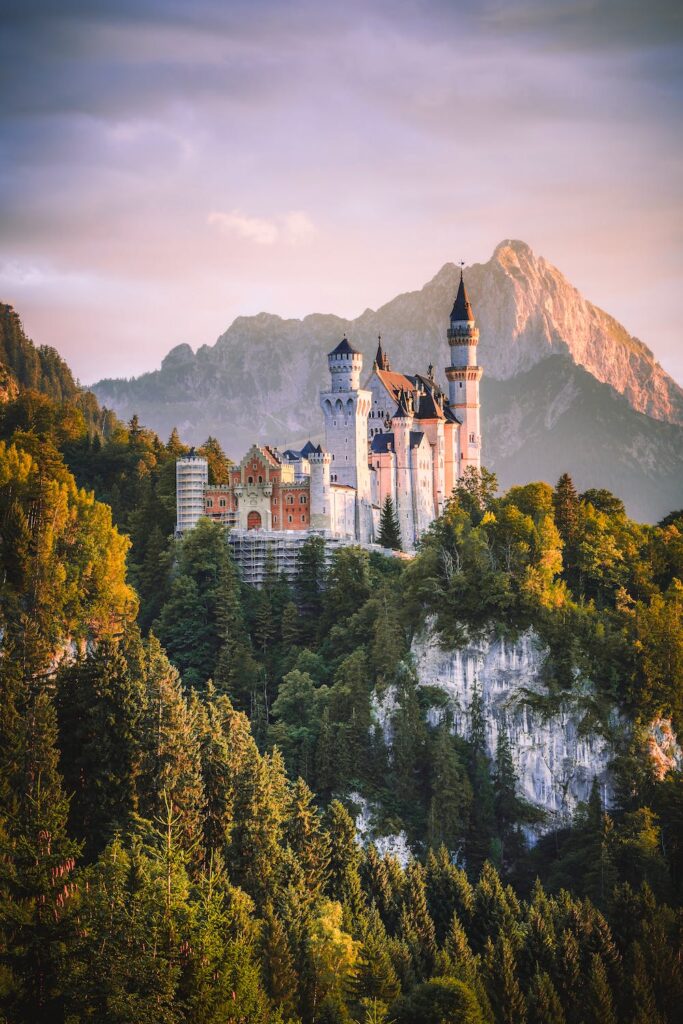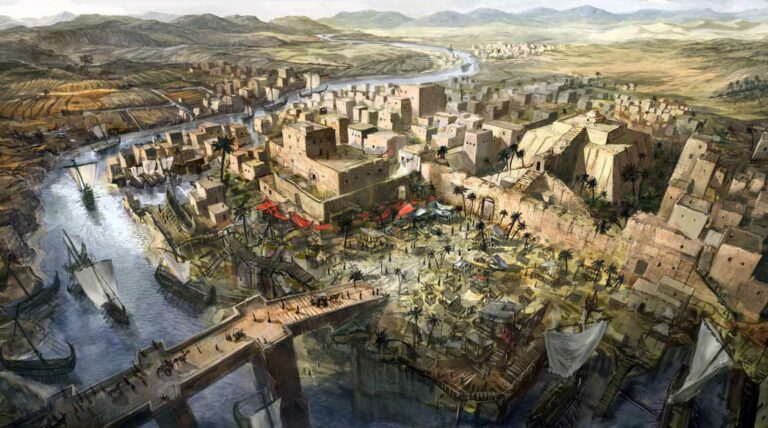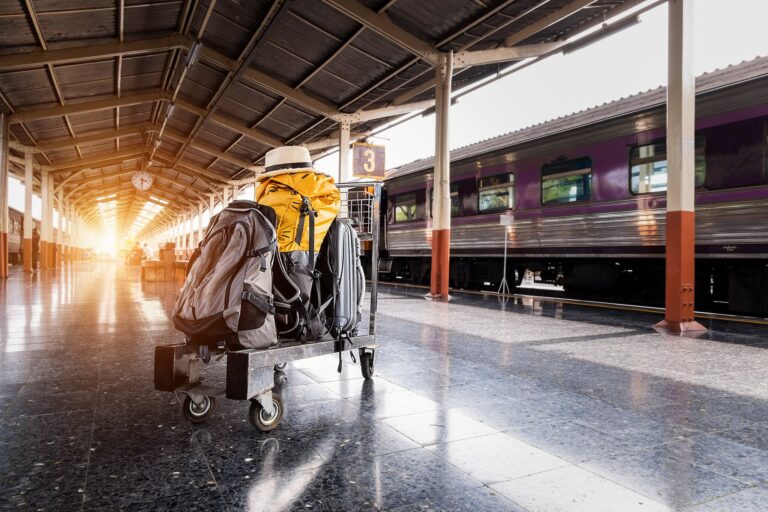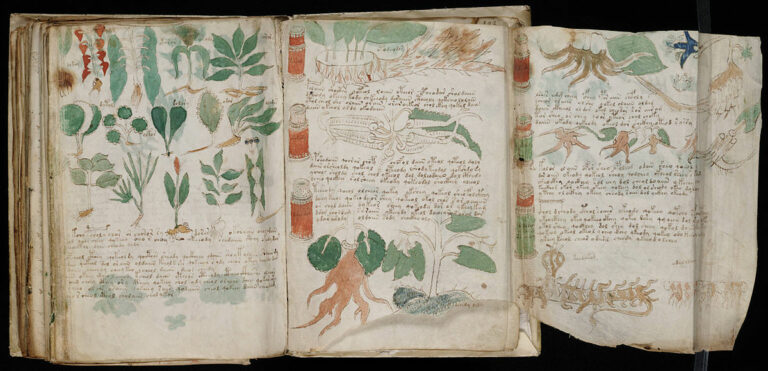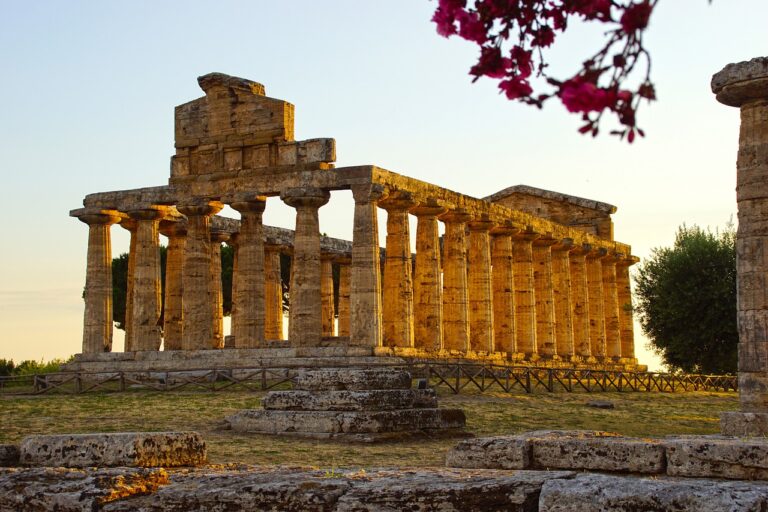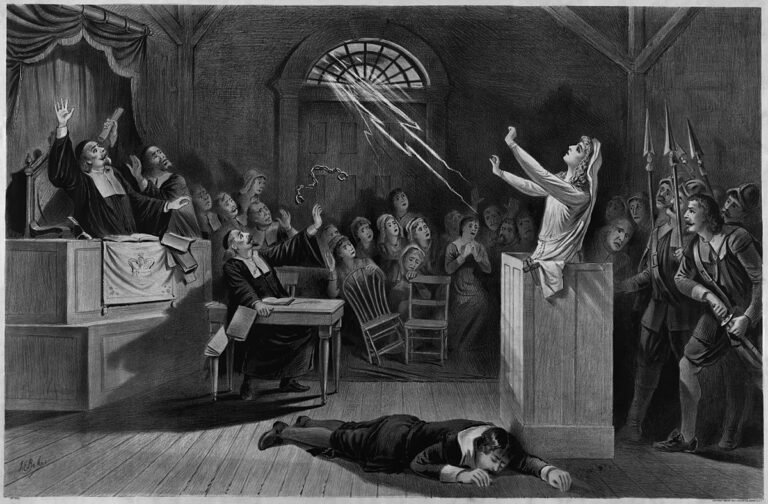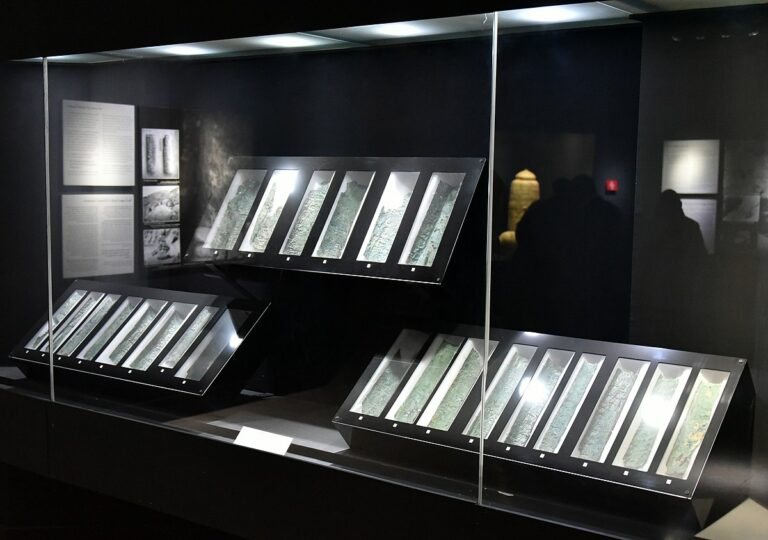The Archaeology of Castles
Unearthing the Secrets of Majestic Fortresses
From the windswept ruins atop Scottish highlands to the regal manors dotting the French countryside, castles have long captured our imaginations. These monumental structures tell tales of kings and queens, battles and sieges, romance, and treachery. But beyond the stories passed down through generations lies another tale — one that’s hidden beneath centuries of time. This is the tale that castle archaeology seeks to tell.
The Foundations of Castle Archaeology
Like all archaeological endeavors, castle archaeology aims to unearth the physical remnants of the past. By meticulously excavating sites, archaeologists glean insights into the construction techniques, living conditions, and the socio-political climates that shaped these fortresses.
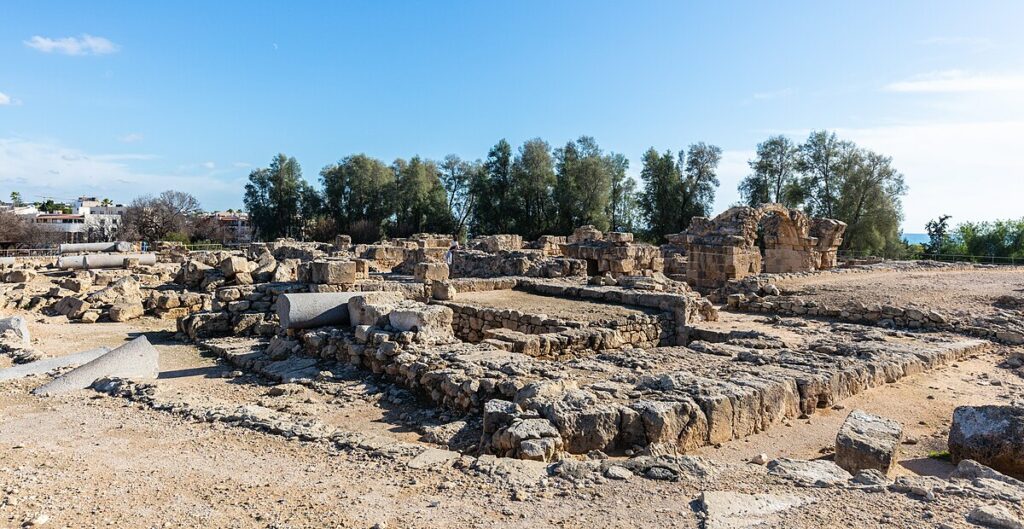
Paphos, Cyprus
From Fortified Homes to Grand Palaces
To truly understand the archaeological findings of castles, one must first dive into their historical evolution. Castles didn’t emerge overnight; they evolved over centuries, reflecting the ever-changing dynamics of society, warfare, and architecture.
- Early Fortifications (9th-10th Century): Before the iconic stone castles dominated landscapes, early medieval fortifications were primarily wooden motte-and-bailey structures. Consisting of a raised earthwork (motte) topped with a wooden or stone tower and surrounded by a protective fence (bailey), these were simple yet effective against raids.
- The Stone Revolution (11th-12th Century): The Norman Conquest of England in 1066 marked a turning point. The Normans, realizing the vulnerabilities of wooden structures to fire and prolonged sieges, began replacing them with stone keeps. This era witnessed the rise of the quintessential square or rectangular stone towers we often associate with medieval castles.
- Defensive Innovations (12th-14th Century): As siege technologies advanced, so did castle defenses. The introduction of concentric walls, improved gatehouses, and the development of the mighty curtain wall transformed castles into near impregnable fortresses.
- Residential Palaces (14th-16th Century): By the Late Middle Ages, the focus shifted from pure defense to comfort and grandeur. Castles morphed into opulent residences, showcasing the wealth and status of their owners. Ornate decorations, larger windows, and intricate architectural designs became prevalent.
- Decline and Legacy (17th Century Onwards): The advent of gunpowder and cannons rendered traditional castle walls obsolete. Fortifications evolved into star forts with angled bastions designed to deflect cannon fire. However, the romantic allure of castles didn’t wane. They became symbols of heritage, leading to restoration projects and inspiring countless tales, art, and culture.
By understanding this historical timeline, the archaeological findings within castle walls become even more significant. They’re not just remnants of stone and artifacts; they’re echoes of an era that shaped the course of human history.
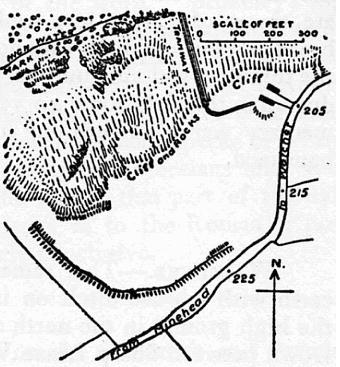
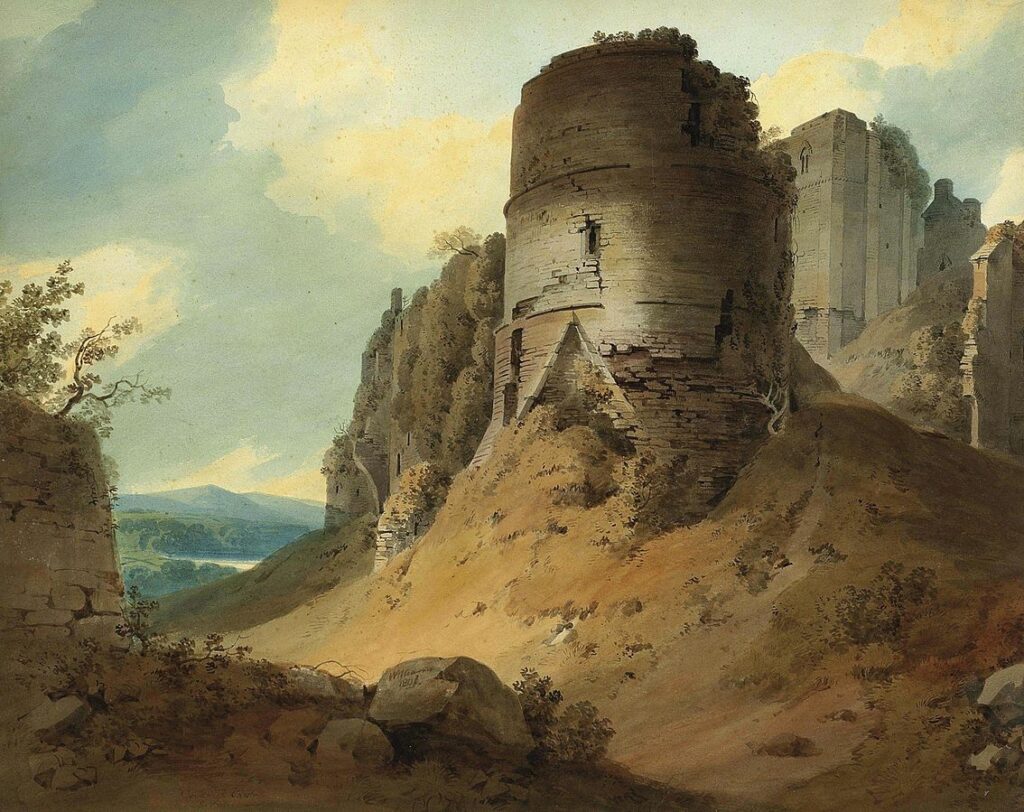
Herefordshire, England
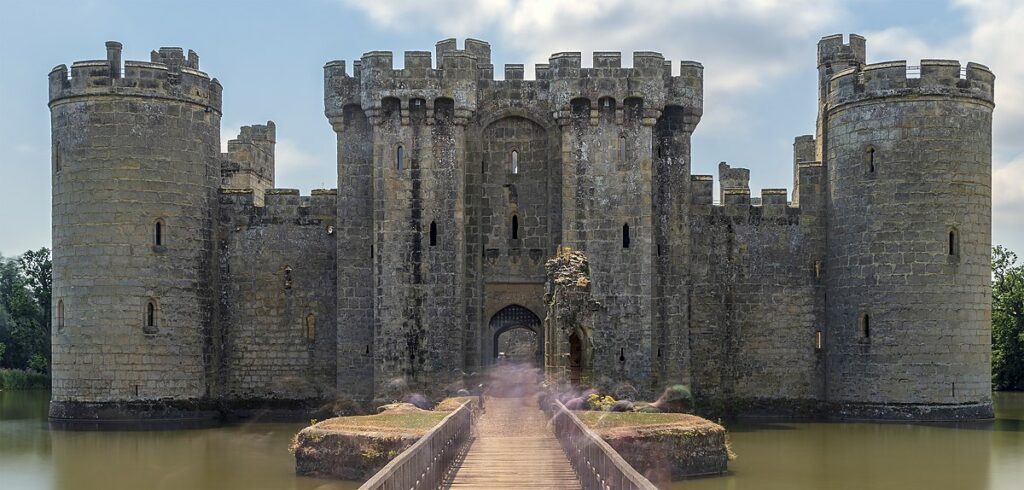
Bodiam, England
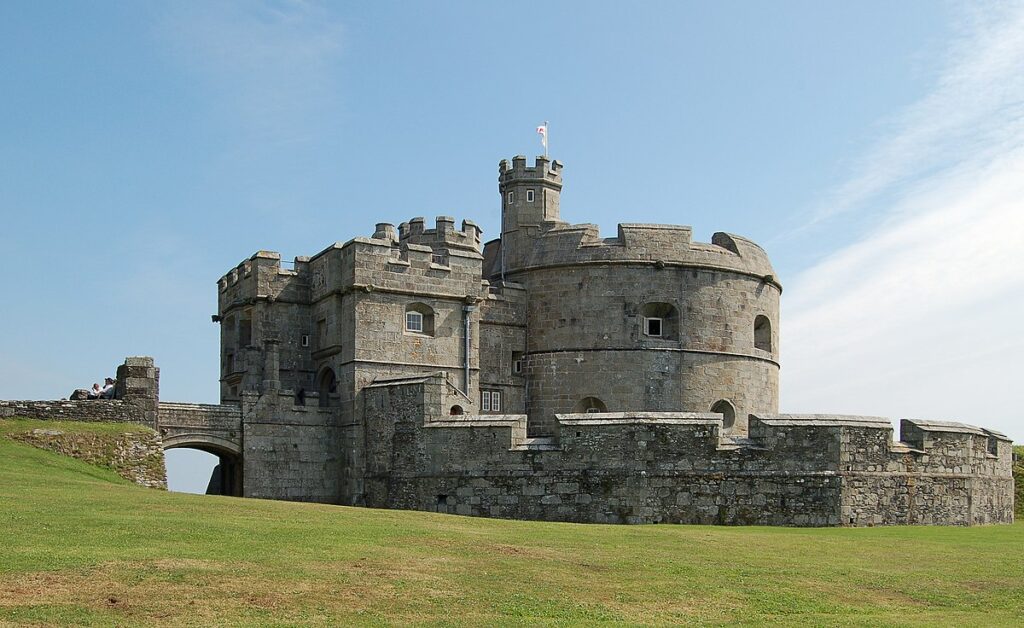
Falmouth, Cornwall, England
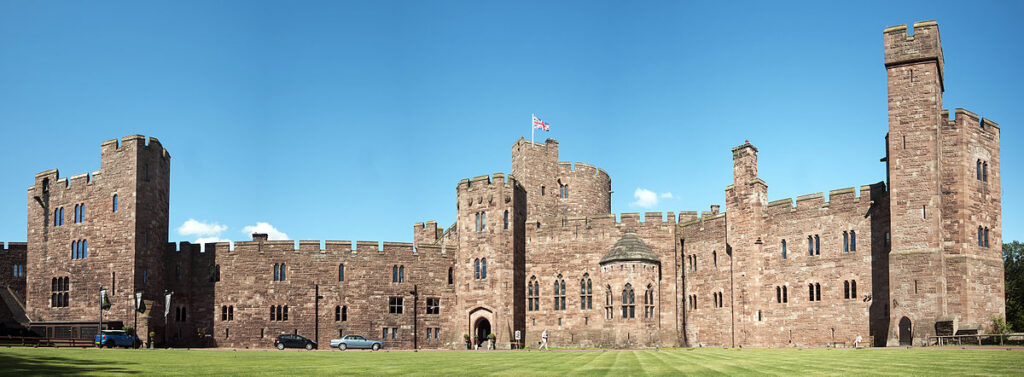
Cheshire, England
Delving into Construction Secrets
A castle’s foundation can reveal much about the time it was built:
- Materials Used: Early castles often utilized wood before the widespread adoption of stone. The choice of stone could also vary regionally, providing clues to trade routes and local geology.
- Building Techniques: Mortar consistency, joinery, and masonry styles provide insights into architectural influences and technological advancements.
- Architectural Evolution: Over centuries, castles underwent significant alterations. Layered defenses like moats, drawbridges, and concentric walls emerged as responses to changing warfare technologies and tactics.
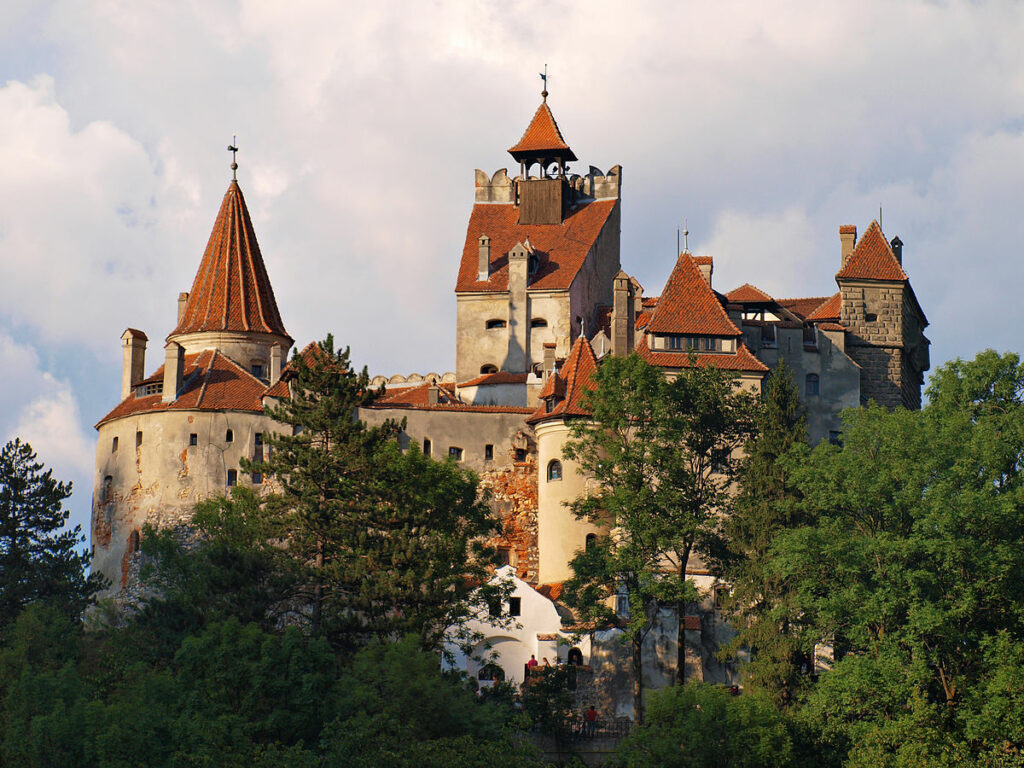
Living in the Lap of (Relative) Luxury
Life in a castle wasn’t just about defense. It was also about daily life, luxury, and the display of power.
- Domestic Artifacts: Items like pottery, utensils, and clothing remnants paint a picture of daily life, cuisine, and trade.
- Art & Decoration: Frescoes, sculptures, and architectural embellishments highlight the cultural influences and aesthetic preferences of inhabitants.
- Economic Insights: The storage rooms, kitchens, and waste pits offer a lens into the economic health and trade practices of a castle’s occupants.
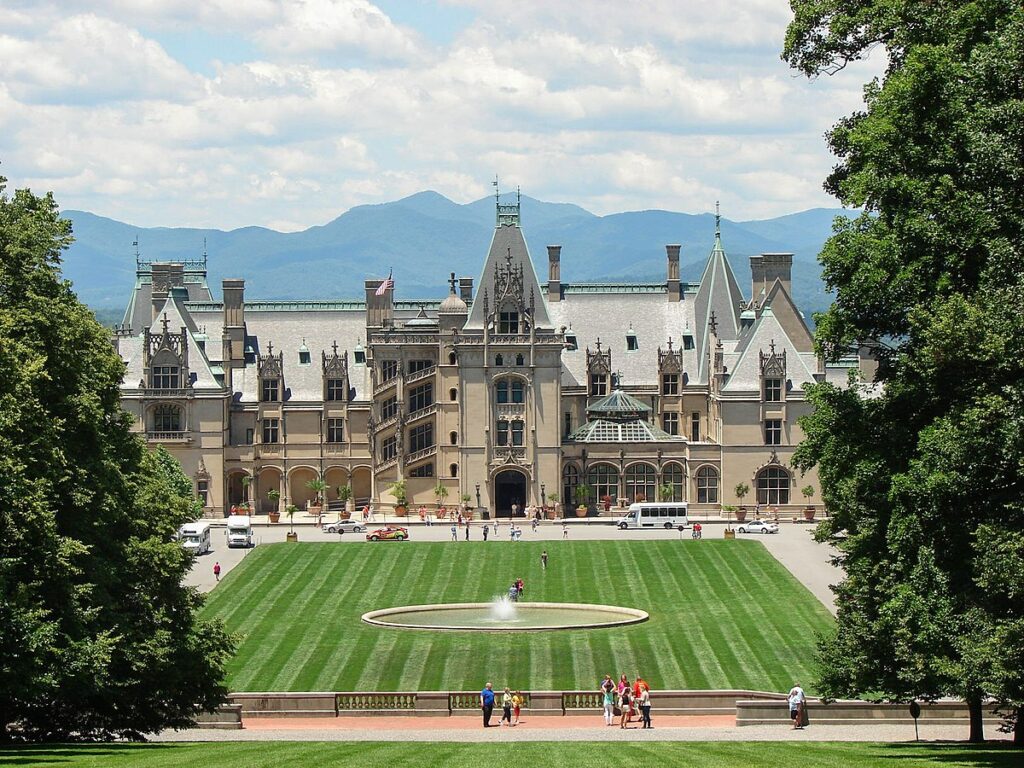
The Socio-political Landscape
The location, size, and design of a castle were often dictated by political needs.
- Strategic Locations: Castles built at key crossroads, river junctions, or on elevated terrains highlight the strategic importance of controlling trade routes and maintaining surveillance.
- Diplomacy & Alliances: Some castles, especially those on borders, were constructed or renovated as symbols of alliances, showcasing the intertwining of royal families or political entities.
- Siege Evidence: Burn marks, catapult stones, and other remnants can narrate tales of epic sieges and battles that these structures endured.
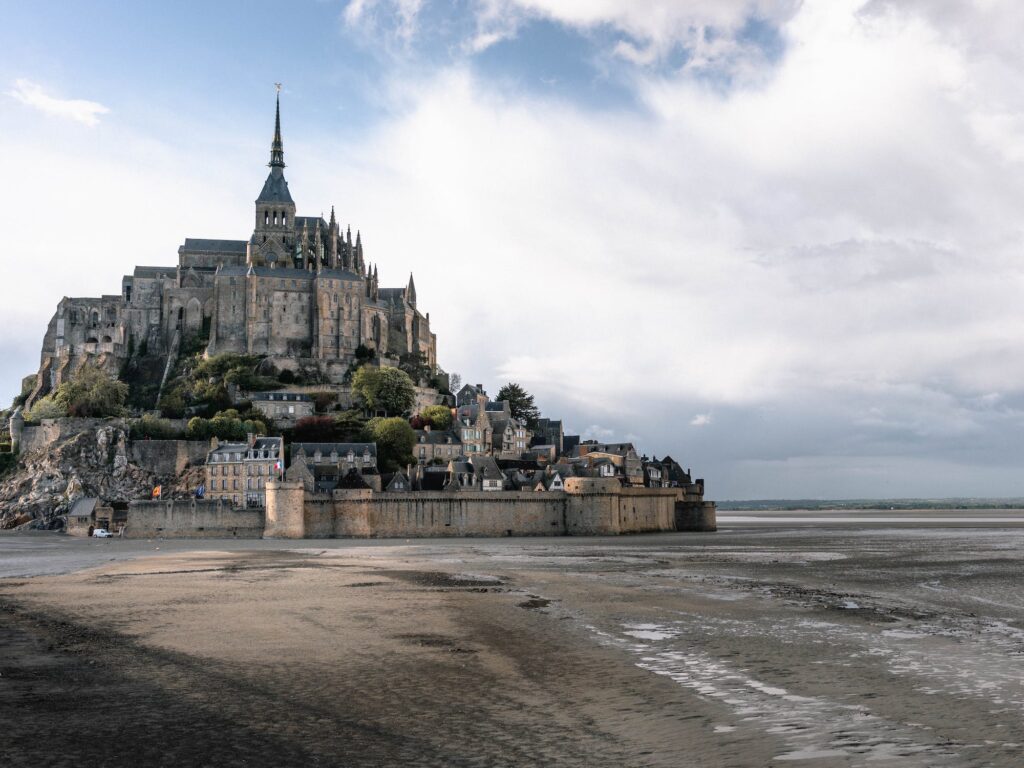
The Future of Castle Archaeology
With advancements in technology, the field is continuously evolving:
- Ground-Penetrating Radar (GPR): Non-invasive GPR can detect buried structures, helping archaeologists identify promising excavation sites.
- Digital Reconstruction: Advanced software allows researchers to recreate a castle’s original appearance, offering a virtual walkthrough of ancient fortresses.
- Isotope Analysis: Examining isotopes in human remains can indicate diets, health conditions, and even origins, shedding light on the people who lived and died in these castles.
The archaeology of castles does more than just reconstruct the physical form of these ancient structures. It revives the stories of those who built, lived in, and defended them. It’s a journey that takes us through layers of history, culture, politics, and technology. And as we continue to unearth more secrets from these majestic edifices, we gain a deeper appreciation for the intricate tapestry of our shared past.
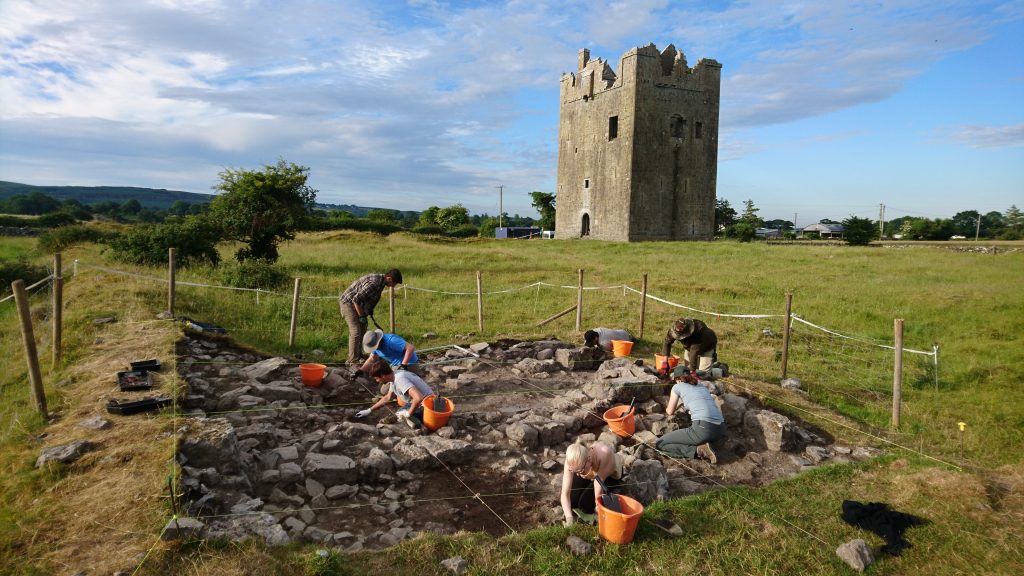
Galway, Ireland
If you’re interested in castle archaeology, check out the Galway Field School here.
More info
“Fun Fact: In many medieval castles, archaeologists have found evidence of “garderobes” — the old term for toilets. These were often situated on the outer walls, allowing waste to fall directly into the castle moat below. Talk about a multifunctional defense mechanism! The moat not only served as a barrier against invaders but also as a sewage disposal system. Next time you picture a romantic castle with its serene moat, remember the practical (and less glamorous) purposes it served!”
If our castle article piqued your interest and you’re eager to discover more archaeological wonders worldwide, dive into our interactive site map by clicking the button below!
